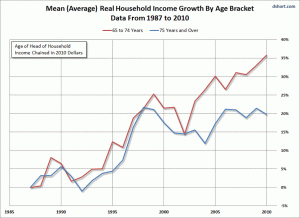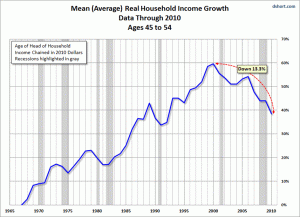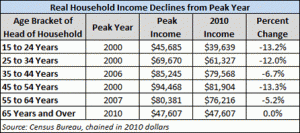That provocative headline is the topic of a panel Todd Harff will host today at the International Builders’ Show in Orlando. Todd will be joined by three panelists who are nationally respected developers/marketers of a dozen communities catering to 50+ homebuyers.
What the panelists have in common is persistence, creativity and success. What distinguishes them is the variety of approaches they use to reach 50+ homebuyers – from senior rentals to multifamily to age-qualified communities and $900,000 single family homes. As Todd puts it, “Success in 50+ housing doesn’t come in one size anymore. ”
No one disputes that the population is aging.
No one disputes that there is opportunity in addressing the housing needs of people in their fifties and beyond. However, there is much debate over what the housing and communities for the active adult should look like and live like.
Let’s face it, our world has changed. We know that the large scale master planned retirement communities are too capital intensive to get started today. We know that many age-qualified communities are struggling. What isn’t clear is where the opportunity is to make money with the 50+ homebuyer.
Economic Realities Differ by Age Group
Money is a critical issue with today’s 50+ buyer, as Todd demonstrates in the following three graphs. These show how developers must consider the different circumstances of different age bands within 50+ housing.
75+ homeowners saw their income go up in the late 90s and then pretty much go flat in the last five years. Those who are 65 to 74 are continuing to do well. They had a little dip in the last recession of 2001, but in 2010 they were hardly hit.

Contrast that with the next chart which shows 45-54 year olds. Their incomes have taken a much harder hit. This group had been the “move-up buyer.” Now, they’re not moving up. This in turn is making it harder for active adults to sell their homes. “It’s not just the rich that are getting richer, it’s the older getting richer”, observed Todd

As the following chart shows, older Baby Boomers are actually better off economically than most other age groups. If you were fortunate enough to be in your 20s in the year 2000, your household income was nearly $46K a year. Ten years later, the household income of mid 20-year-olds is struggling to get to$40K. But for the people who are 65+, every year is getting better and better. Their best year was last year!

Asking the Tough Questions about the Future of 50+ Housing
Todd will be putting some challenging questions to his panel today, including:
* Are age qualified communities viable anymore or are they too restrictive?
* Is it possible today to have a successful homebuilding business that focuses on high-end homebuyers? What features and amenities do today’s buyers want?
* How is the age-in-place movement helping and hurting 50+ housing?
* What advice would you give to a builder looking to succeed in this market?
* What did you do differently last year that was successful?
Tune into this blog next week to read some of the answers provided. Or, share your own answers and thoughts, below!
RELATED POST: What is the Future of Active Adult Housing?


